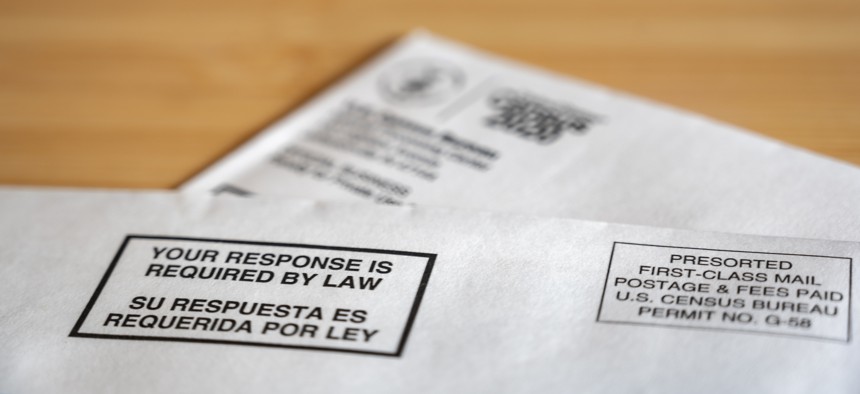Why formal government communications work better than informal ones

Steven White/Getty Images
A study looks at how expectations of government style influence how citizens respond to messaging.
Elizabeth Linos is a colleague of mine at the Kennedy School who has a great record of scholarly publications in leading academic journals in public administration and also an off-the-charts interest (compared to other academics even in public administration) in doing work that is of actual practical use in government agencies.
Linos specializes in an area called “behavioral public administration,” that applies social science tools, particularly the use of experiments (in which respondents are randomly assigned either to receive or not a certain treatment hypothesized to generate a positive response) to choosing policies that work better or help the government be better-managed. She has studied simple interventions to increase responses to job ads and to reduce burnout and turnover among frontline employees in government.
She now has a new study with a new practical question: are people more likely to respond to a request from the government if the communication has an informal style or a formal one?
I suspect that many of us—and certainly I—have believed that the government is too impersonal and cold in its way of interacting with people, and are inclined to believe that informal communications are better because they are more friendly and bring people closer to the government.
My view seems to be the common one. Presented with two communications, one with images and one with text only, 89% of experts surveyed believed the version with images would get more responses. 92% of those surveyed believed a message written at a high reading level would be more effective than one at a low reading level.
In the paper, Linos and her co-authors note that existing best practices in graphic design and communications "contribute to a widespread belief that colorful, attention-grabbing, and informal government communications are more effective at improving resident engagement."
Linos did two experiments, one involving getting people to sign up for a government benefit and the other getting people to self-certify as minority businesses to be able to participate in a set-aside program. In Linos’ experiments, the people randomly selected to receive a more formal communication got a letter in black-and-white, addressed “Dear Business Owner,” and included about 260 words. The more informal letter cut the length by half, included a personalized greeting, and used informal tone and punctuation (i.e., “We want to work with you!” and “Good luck in the new year!”). It also included colorful design elements including a red box around the call to action, and red font emphasizing the purpose of the letter.
The results of her experiments were the opposite of those I—and most experts—would have predicted. Those receiving formal communication were 25% and 45% more likely to act than those receiving informal ones.
Why? The formal message had more credibility by conforming with residents’ expectations about how government communications should look. Participants who saw a formal letter perceived the sender to be more trustworthy and more of an expert than participants who saw an informal letter. They believed it was significantly more important to act upon than participants who saw an informal letter. Wow.
Linos has produced work with high scholarly value that also has practical significance for government officials. It’s a winning combination. Check out this paper, and be on the lookout for her name in the trade press or elsewhere—I will try to share her work as I come across it.


